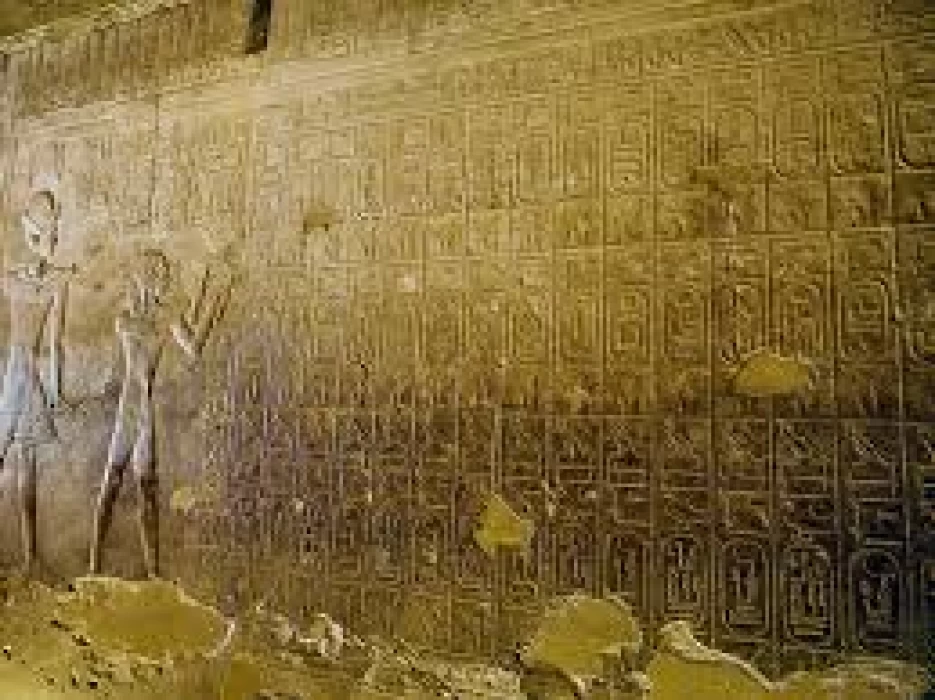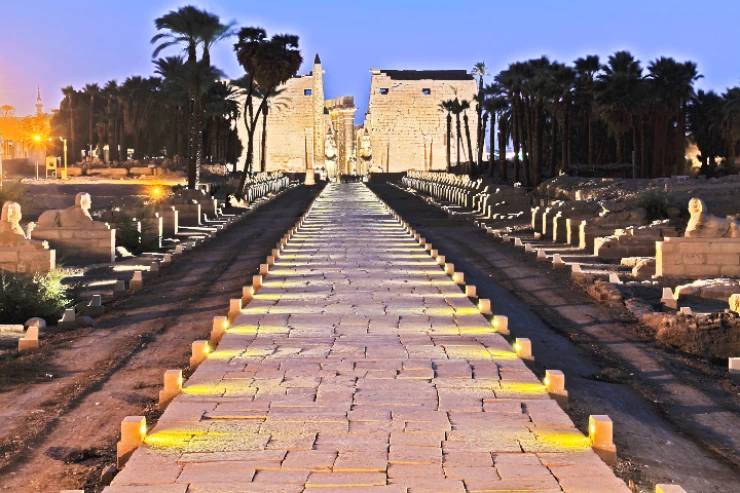
The Twenty-First Dynasty in Ancient Egypt
Facts About The Twenty-First Dynasty
The politics of this dynasty were linked to the events of the last period of the previous dynasty, and began with two capitals of government: A capital in Thebes, where the high priests of Amun, successors to the all-powerful Hrehor under Ramses XI, secured for themselves a theocratic rule, which they consolidated on the inherited wealth, religious supremacy, Upper Egyptian leadership, and control of the bounty of Nubia, left to their city, the seat of Amun-Ra, head of state. They extended their influence as far as Heba in Central Egypt and fortified it.
Then a capital at Bar Ramesesu or Tanis in the eastern Delta was ruled by the House of Nisu Panjed, mentioned by Africanus in Maneton as Samandes "I," who held power in Upper Egypt and Central Egypt since the reign of the king himself and whose members were considered the legitimate heirs of the previous dynasty by virtue of their kinship or consanguinity with it, after their head had legitimized his power by marrying Tant Amun, a descendant of the Raamesses.
They were encouraged by the relative wealth and prosperity they enjoyed as a result of their oversight of Egypt's foreign trade with Western Asia and the Mediterranean basin and by the legitimacy of their authority through their marriage to Tant Amun, a descendant of the Raamesses.
The 21st Dynasty was the first dynasty to rule Egypt during the Third Decline, a period of weakness and decline in Ancient Egyptian industry and agriculture and the spread of revolutions in Ancient Egypt.
The Third Transition period was the beginning of the rule of this dynasty, which was not recognized as rulers of Egypt at first.
The reign of the pharaohs of the Twenty-first Dynasty is described as a theocratic period because the priests of Amun were the de facto rulers of the country, because in that period they were the highest authority in the country from the north and south of the regions of Egypt as in the geography of ancient Egypt. The first pharaoh of this dynasty, Samandes, ruled Egypt from 1077 to 1051 BC.
It is not known where King Smendes was buried, but evidence has been found that he was married to Tente Amun. Samandes controlled only the lower part of Egypt and is also the founder of this dynasty.
Egypt's royal power declined gradually over a lengthy period of time after Ramesses III's reign. The last pharaoh of the New Kingdom, Ramesses XI, transferred the capital to Tanis, from here the pharaohs of the 'Tanite' Twenty-First Dynasty continued to govern. While the High Priests of Amun governed over Upper Egypt from Thebes, in reality their power was restricted to Lower Egypt, even though they were the official rulers of all of Egypt.















